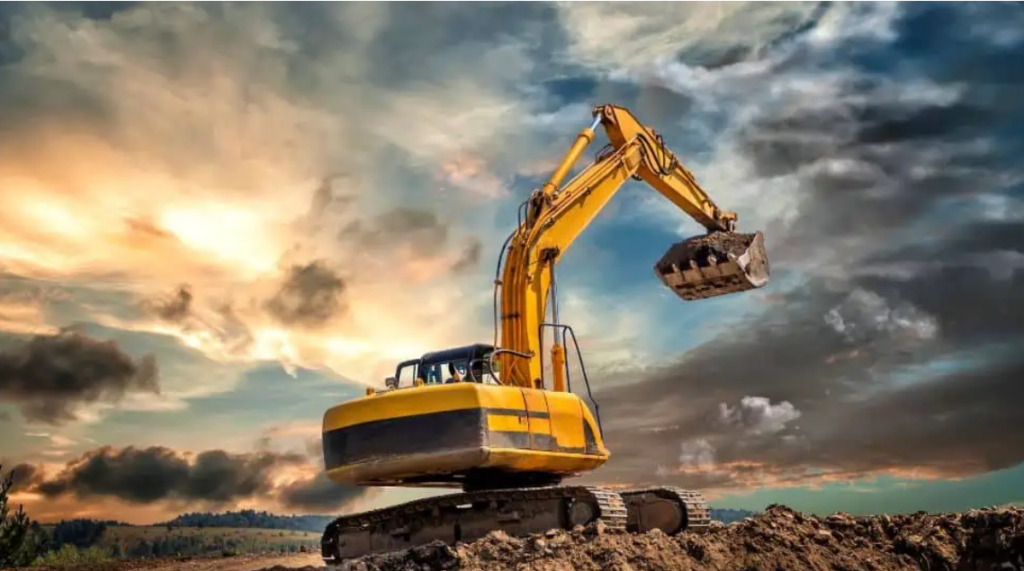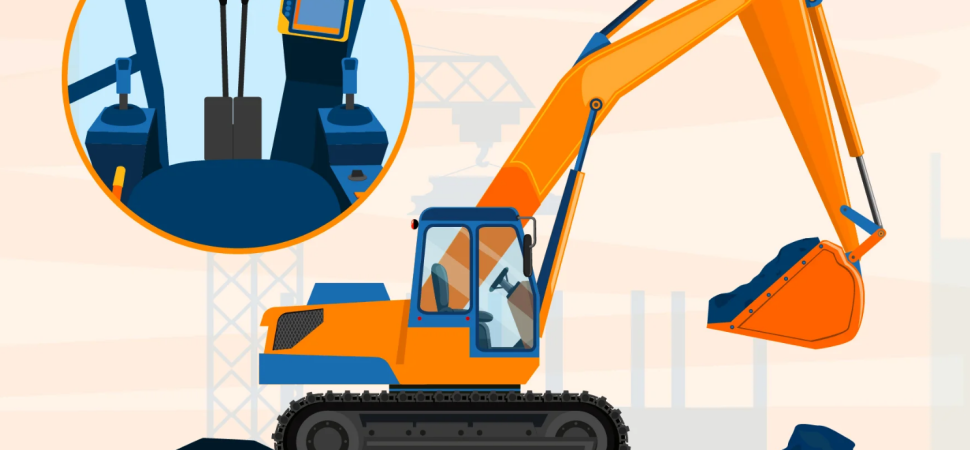Operating second-hand excavators provides a cost-effective solution for many construction projects, enabling access to high-quality machinery without the hefty price tag of new equipment. However, these benefits come with the need for stringent safety measures. Ensuring the safe operation of second-hand excavators is paramount to protecting operators and bystanders, maintaining the longevity of the machinery, and ensuring the smooth execution of construction tasks. This guide outlines comprehensive safety considerations and best practices for operating second-hand excavators, emphasizing the importance of preparation, training, and vigilance.
Comprehensive Inspection and Maintenance

Before utilizing a second-hand excavator, a thorough inspection is imperative. Unlike new machines, second-hand excavators may have hidden issues due to previous use and wear. Conducting a detailed inspection and adhering to a regular maintenance schedule is crucial for safe operation. Key areas to inspect include:
Hydraulic System: Examine for leaks, check fluid levels, and inspect hoses for wear and tear.
Engine: Look for oil leaks, listen for unusual noises, and ensure it operates smoothly.
Undercarriage: Inspect tracks, rollers, and idlers for excessive wear.
Electrical System: Verify that all lights, alarms, and sensors are functioning properly.
Control Systems: Test all controls to ensure they respond correctly and without delay.
Regular maintenance should include replacing worn-out parts, checking and changing fluids, and ensuring that all safety features are operational. A proactive maintenance approach can prevent accidents caused by equipment failure.
Operator Training and Certification

Proper training and certification of operators are fundamental when dealing with second-hand excavators. Operators should be trained specifically on the equipment they will be using, with an emphasis on understanding any unique characteristics or potential issues associated with older machines. Training should cover:
Control Familiarization: Operators must be familiar with the specific controls and layout of the excavator.
Operational Techniques: Safe digging practices, load handling, and maneuvering in various conditions should be emphasized.
Emergency Procedures: Operators should know how to respond to mechanical failures, electrical issues, or accidents.
Certified training programs ensure that operators have the necessary skills and knowledge to handle second-hand excavators safely and efficiently.
Personal Protective Equipment (PPE)

Wearing appropriate PPE is crucial for the safety of operators and nearby workers. Operators should be equipped with:
High-Visibility Clothing: To ensure they are easily seen by others on the job site.
Safety Boots: To protect feet from falling objects and provide stability on uneven surfaces.
Hard Hats: To protect against head injuries.
Safety Glasses: To shield eyes from dust and debris.
Gloves and Ear Protection: To protect hands from rough materials and reduce noise exposure.
PPE plays a significant role in mitigating injuries in case of accidents or unexpected incidents on the job site.
Site Preparation and Hazard Identification
Before starting any work with a second-hand excavator, the job site must be prepared properly. This involves clearing the area of obstacles such as rocks, debris, and stumps that could interfere with the machine’s operation. Additionally, identifying and marking potential hazards is critical. Key steps include:
Underground Utilities: Contact local utility companies to mark the locations of underground pipes and electrical lines.
Overhead Power Lines: Identify and maintain a safe distance from overhead power lines to prevent electrical hazards.
Surface Stability: Ensure the ground is stable and free from holes, ditches, and inclines that could cause the excavator to tip.
Creating a safe working environment minimizes the risk of accidents and ensures smooth operation.
Communication and Signaling

Appropriate Use of Attachments

Using the correct attachments for your second-hand excavator is essential for safe operation. Ensure that any attachments are compatible with the excavator model and are approved by the manufacturer. Key considerations include:
Attachment Compatibility: Verify that the attachment is designed for use with your specific model.
Attachment Condition: Regularly inspect attachments for wear, damage, and secure connections.
Load Capacity: Adhere to the manufacturer’s load capacity limits to avoid overloading and potential tipping.
Using inappropriate attachments can lead to equipment failure and accidents, so always follow manufacturer guidelines.
Creating a Safe Work Environment

Beyond individual actions, creating a safe work environment involves implementing comprehensive site safety protocols. These measures are crucial in ensuring that both operators and other personnel on the job site remain protected from potential hazards. Here are some detailed steps to enhance safety:
Buffer Zones
Establishing Clear Buffer Zones: Buffer zones are critical in keeping unauthorized personnel away from dangerous areas. These zones should be clearly marked with cones, barriers, and warning signs to delineate the safe distance from the excavator’s operating area.
Placement of Barriers: Use physical barriers such as fencing or concrete blocks to create a secure perimeter. These barriers should be sturdy enough to withstand any accidental impacts.
Signage: Post signs that indicate the presence of heavy machinery and the potential dangers. Signs should be visible from all entry points to the buffer zone.
Regular Monitoring: Assign a safety officer to regularly monitor and maintain these buffer zones, ensuring that barriers and signs remain in place and are clearly visible.
Traffic Control
Managing Vehicle and Pedestrian Traffic: On a busy construction site, controlling the movement of vehicles and pedestrians is crucial to prevent accidents. Implementing effective traffic control measures can help manage the flow and ensure safety.
Emergency Plans
Developing and Communicating Emergency Plans: Preparing for emergencies is a critical aspect of site safety. Having a well-defined
Conclusion
By conducting comprehensive inspections, ensuring proper operator training, wearing appropriate PPE, and maintaining clear communication, you can create a safe and efficient working environment. Always adhere to manufacturer guidelines and maintain a proactive approach to safety to ensure the well-being of all workers on the job site. Prioritizing these safety considerations will help you maximize the benefits of using second-hand excavators while minimizing the risks.
To ensure safe and efficient operations, start by scheduling a thorough inspection of your second-hand excavator. Invest in comprehensive training programs for your operators to enhance their skills and safety awareness. Equip your team with essential PPE and establish clear communication protocols on your job site. Implementing these safety measures can significantly reduce the risk of accidents and protect your workforce. Don’t wait—take proactive steps today to enhance safety and productivity with your second-hand excavator operations.




